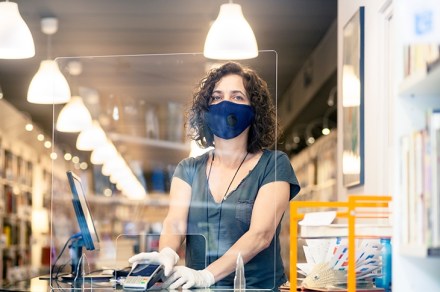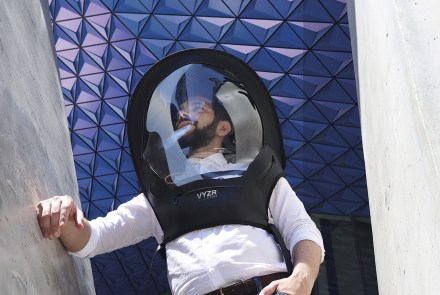I removed my mask and all hell broke loose
The girl in the posh soap shop put her right arm out, palm flat in my face, and shouted: ‘Stand back! Step away from me now if you are going to remove your mask!’ I had been advancing on the Vetiver handwash, having failed to make myself clear through my mask to the assistant in her mask that this was what I wanted to buy and, being prevented from picking it up myself as the shop had a no-touch policy, I was driven to the brink of lawlessness. ‘Vetiver!’ I had begun pleading through my face mask as the girl lifted the wrong product off the shelves, over and over



